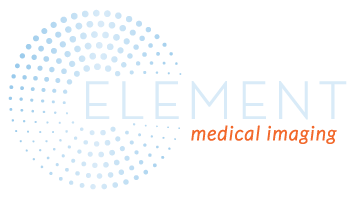From Fox4 News – Fox4KC.com
OVERLAND PARK, Kan. — 3-D mammography is the latest tool to find breast cancer. But is it better? The largest study to date shows it is. 3-D detected about 40 percent more invasive breast cancers than 2-D.
When Cathy Bacon had her annual mammogram in April, she decided to have 3-D imaging added to her standard digital mammogram. Element Medical Imaging had just started offering the technique which takes multiple x-ray images and puts them into 3-D for the radiologist.
“I am able to actually look through the breast instead of having all the breast tissue compressed,” said Dr. Kimberly Roys.
Bacon figured 3-D offered a better chance at finding cancer.
“Whatever you do to improve your chances, that’s what you want to do,” she said.
In Bacon’s case, it did find cancer. The radiologist said the tumor was somewhat obscured in the standard 2-D view of Bacon’s dense breast tissue.
“It definitely popped out on a 3-D view. I think it definitely made a difference in that we knew we needed to get her back quickly because we really worried there was a small cancer there,” said Dr. Roys.
A new study in the Journal of the American Medical Association looked at nearly a half-million American women. 3-D mammography found more cancers than 2-D, and it reduced unnecessary follow-up testing. Still, a big question remains.
“Is this really going to improve a woman’s mortality? Is this going to save lives? And that’s what we need to know,” said Dr. Roys.
Bacon’s breast cancer was found in the earliest stage.
“It would probably have shown at some point. But what a blessing that shown now before it has developed into something much worse,” said Bacon.
She believes 3-D mammography is giving her the best chance for a cure.
The downsides of 3-D include more exposure to radiation and higher out-of-pocket cost. Also, it still requires the breast to be compressed while the images are taken.
In addition to Element Medical Imaging, some metro hospitals offer 3-D. With the study’s findings, more centers will likely add it.
